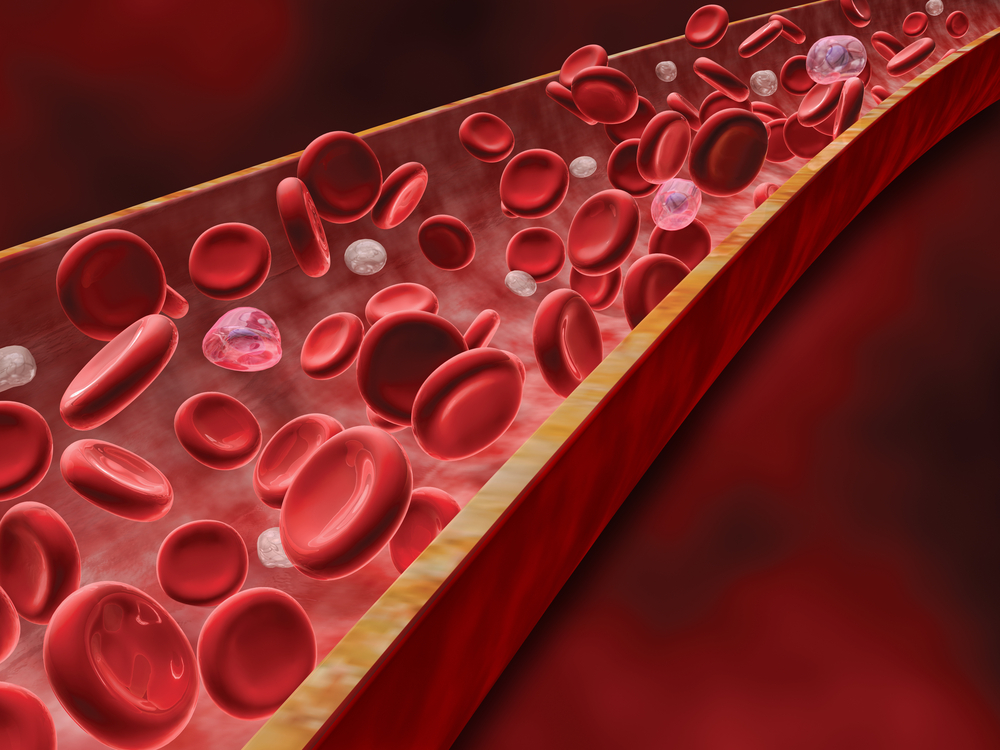Bacteria-derived Protein Halts Fibrosis-promoting Cells’ Invasion of Lungs, Study Shows

A small bacterial protein called R1R2 reduced fibrosis-promoting cells’ ability to go from the blood, where they normally reside, to lung tissue, a mouse study shows.
The research, “R1R2 peptide ameliorates pulmonary fibrosis in mice through fibrocyte migration and differentiation,” was published in the journal PLOs One.
Scientists have yet to understand all of the molecular mechanisms underlying pulmonary fibrosis, or PF. But evidence suggests that abnormal wound-healing processes, particularly uncontrolled activation of fibroblasts, are a potential factor in the development of the disease.
Fibroblasts and myofibroblasts, which are responsible for producing the extracellular matrix necessary for repairing an injury, are the main regulators of fibrosis.
A group of cells that circulate in blood – called fibrocytes – contribute to PF, studies have shown. When lungs are fibrotic, or scarred, the lungs recruit fibrocytes to help repair the damage. There they evolve into damage-repairing fibroblasts and myofibroblasts.
Researchers have now learned that the R1R2 peptide, which is derived from a bacterial protein, can stop fibrocytes from moving into the lungs. Their work involved a mouse model of PF.
Administering R1R2 to mice with PF reduced the severity of their lung fibrosis, compared with control mice treated with a placebo peptide, the researchers said.
R1R2 also decreased fibrocytes’ ability to get into the lungs by penetrating the subendothelial basement membrane. This membrane lies beneath the endothelial cells that line blood vessels, separating them from lung tissue.
A previous study had shown that fibrocytes’ ability to traverse the membrane was associated with the activity of two fibrocyte proteins, MMP-2 and MMP-9. Researchers wondered if R1R2 would have any effect on the two.
Adding R1R2 to cells reduced MMP-9 activity, but had no effect on MMP-2. The team also discovered that the peptide increased the degradation of the chemoattractant CXCL12. Fibrotic lungs secrete the factor, which helps recruit fibrocytes from the blood.
“Through its regulation on MMP-9, R1R2 inhibits pulmonary fibrosis by abolishing fibrocyte infiltration across the subendothelial BM [basement membrane] into the parenchyma [gas-exchanging mechanisms] of the lungs and decreasing fibrocyte differentiation into myofibroblasts,” the researchers wrote.
“These data highlight the therapeutic potential of R1R2 in treating pulmonary fibrosis,” the team concluded.







